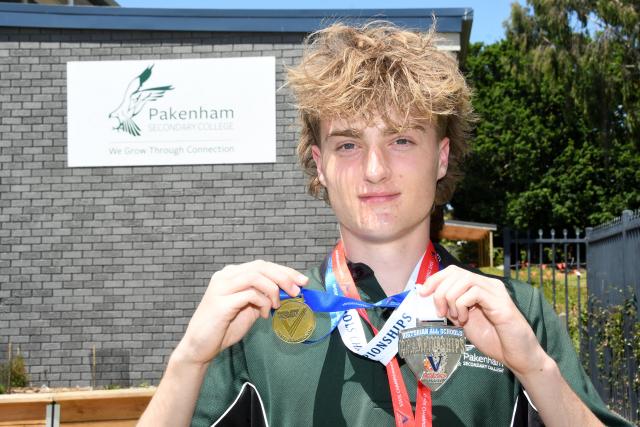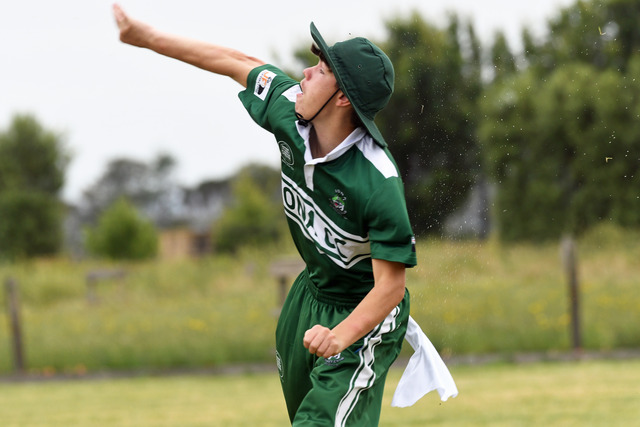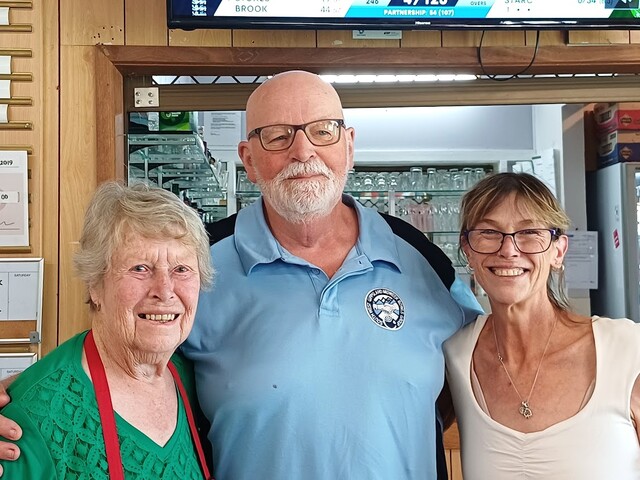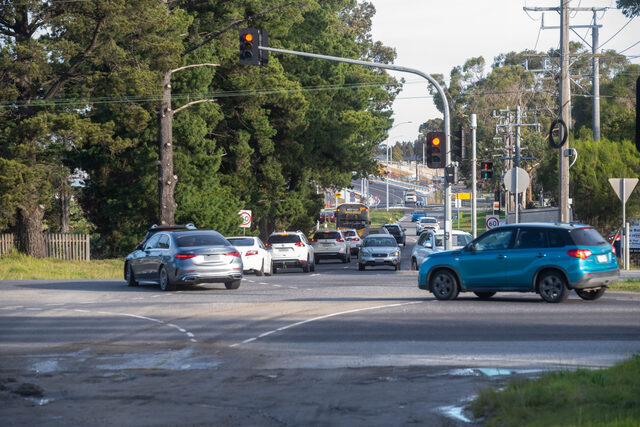Brayden Attwood’s qualification for the Australian All Schools Athletics Championships is a story of dedication, perseverance and independence.
The Year 11 student from Pakenham Secondary College is one of the fastest in his age group in Victoria, earning Victorian representation in the 110-metres hurdles.
Having grown up with Little Athletics at Pakenham and Berwick, Attwood is still a relative newcomer to hurdles, having only made them a focus of his in the last couple of years.
He remembers the life-changing moment it all came together for him, and hasn’t looked back since that day.
“One day something just clicked inside me with the hurdles,” Attwood said.
“Usually on the hurdles you want to use the same lead leg.
“I used the same lead leg on every single hurdle, which I never did before, and that really sped-up my time.
“I ran seconds quicker than I usually would, which made me want to practice even more than I usually did, and try my best to get better.
“I think that was by chance, but I understood what I was doing so it happened more and more.”
October was a monumental month for Attwood, when he won the Boy’s 17-Year-Old 110m Hurdles final in 15.29 seconds and finished second in the Boys 17-Year-Old 100m in 11.59 seconds at the School Sport Victoria State Championships at Lakeside Stadium.
Two weeks later he returned to the blue surface at Albert Park, placing second in the Under 18 Men’s 110m Hurdles with an even quicker time of 15.06 seconds and fifth in the Men’s 100m at the Victorian All Schools Track and Field Championships.
But what makes his story unique is the behind-the-scenes dedication to his craft.
Unlike many of his competitors, Attwood is self-coached.
On Tuesdays and Thursdays after school, he races to the Pakenham athletics track to squeeze in an hour or two to train, where he films himself running on his phone, before getting to his local fish and chip shop for work.
He analyses his strides and his hurdle-clearing technique, comparing and contrasting himself and other elite competitors at his level, to assess where he stands, and where he can improve.
“I try to watch kids around my age because we’ll have the same genetics,” Attwood said.
“Six months ago during the off-season, I went up in height on the hurdles, so I’ve been trying to watch myself do them, and have a six months ago comparison to now.
“It’s very noticeable between the first month of practising new heights (and now).”
His approach to the hurdles comes down to a pair of numbers; nine and three.
Nine strides out of the blocks before he reaches the first barrier, and three between the barricades.
Attwood describes himself as a slow starter but makes up the difference on the back-end of the run with his closing speed.
A contributing factor to this is the sub-standard equipment he practices with.
Competitions require a block start that grants athletes propulsion on the starter’s gun.
For Attwood, this is a major adjustment, given his lack of access to the competition-grade blocks.
“When I do a standing start I feel a lot quicker and you’re not allowed to do a standing start at competitions,” he explained.
“I have to train with not the greatest tiny little blocks that, when I run out of them, I have to keep on adjusting them because they come out of the ground.
“And you can’t adjust them to make them higher, which is another problem, because I can’t push my leg out on the left.
“If you ever watch most of my races I pretty much get them right at the end, or I’m quick at the end compared to others that are slowing down.”
While he is unable to attend the Championships in Perth next month, the fact that he reached this far with the lack of tools at his disposal left his school community both in awe of the feat, and beaming with pride.
Naturally, speculation abounds on his competitive ceiling in a level playing field.
“It’s a lack of coaching that would be hard, self-coaching myself to the Commonwealth Games,” he said.
“If I can qualify for (Olympics and Commonwealth Games), I would happily do them.”








